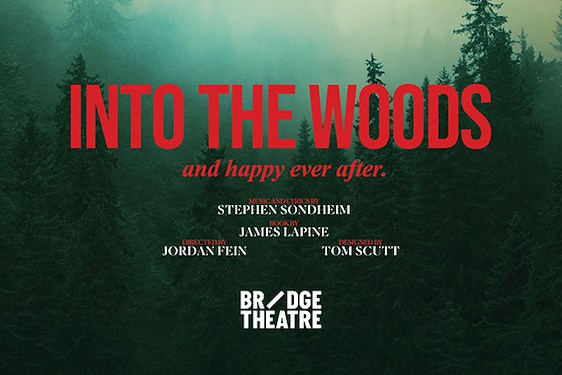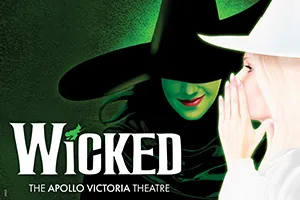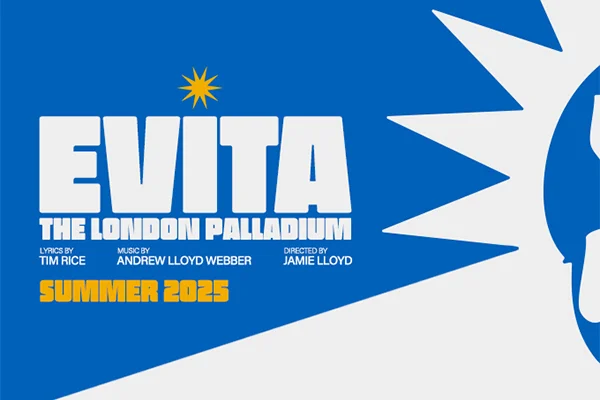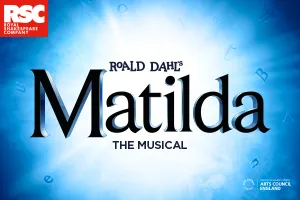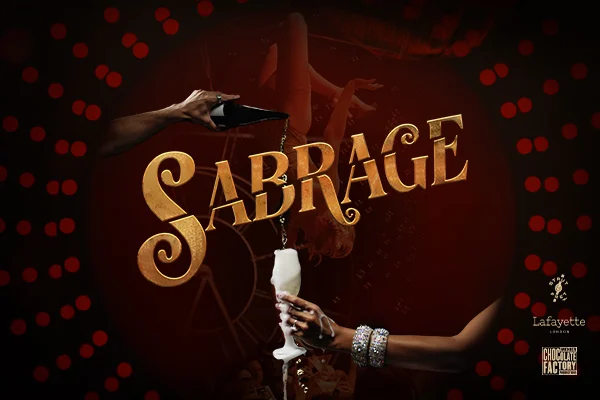We spoke to conceiver and director Guillaume Pigé as Theatre Re returns to the Edinburgh Fringe after a sell-out international run with its hit show, The Nature of Forgetting.
Guillaume, The Nature of Forgetting revolves around the character of Tom. What’s his situation?
Tom is a middle-aged father living with early-onset dementia. He is being looked after by his daughter, Sophie. His condition is fairly advanced, in the sense that reconstructing memories is becoming increasingly difficult. He is able to realise that he is forgetting, and that realisation creates a growing sense of frustration.
But in your hands, this story is presented in a highly imaginative manner, which is at the heart of Theatre Re’s methodology and style of theatre.
Memory works visually. Our hippocampus, a small region located at the centre of the brain, acts a little like a workshop where memories are constructed. For instance, if we try to remember our first kiss at school, the space — the classroom — is the first thing that gets constructed in our hippocampus. Then, that space is filled with more details, such as wooden school desks, for example, and then with people — other children, the teacher, and so on. The actual event — the kiss — comes last.
Portraying forgetting, for us, became about deconstructing and/or misconstructing memories, as well as getting all the memory threads to interfere with each other — sometimes even breaking, making it impossible to retrieve a whole sequence of events. These discoveries lend themselves particularly well to our medium of physical and visual theatre, with objects and characters appearing in the wrong place at the wrong time. This extends to the use of voice, sound, music, and light, all contributing to making visible the nature of forgetting.
You've worked with Neuroscience Professor Kate Jeffery and the Alzheimer’s Society on this piece. How important were those collaborations and what have they brought to the work?
Our collaboration with Professor Kate Jeffery was key to the development of our performance language. At first, we focused on the technicalities of what happens in the brain when we forget: what is affected, what the impact is, and how it works.
The journey of Tom was also informed by interviews conducted with people living with dementia and their carers. Our aim was not to collect personal stories but to explore the special bond that exists between music and memory. Music seems to use parts of our brain designed for purposes other than memory, which is why people living with dementia continue to respond to it. This led us to understand that memories do not disappear; they just become inaccessible. This was crucial for us because it means that it’s all still there, and that changes everything.
How can this manifest itself?
Common experience tells us that we forget far more than we remember, and research confirms that the brain selects which memory traces will be retained and which will be discarded. We are, therefore, as much a product of our forgetting as we are of our memories.
Surprisingly, much of what we think we have lost in the mists of time returns with the onset of memory decline, as if forgetting, for a moment, offers the possibility to retrieve the past. Neurobiologists do not yet know why, but I find it absolutely fascinating. This is something I noticed as well during my interviews: long-term or childhood memories appeared to be more vivid than ever before.
What would you like audiences to take away from this production?
If there is one takeaway for me from the past 10 years of making, touring, refining, and breathing new life into The Nature of Forgetting, it’s to remind myself to be present, in the moment, and realise life as I live it. So, if every audience member is able to lose themselves in our world and, for a moment, not be distracted by everything else that is happening in their lives, then I think we will have done our job.












